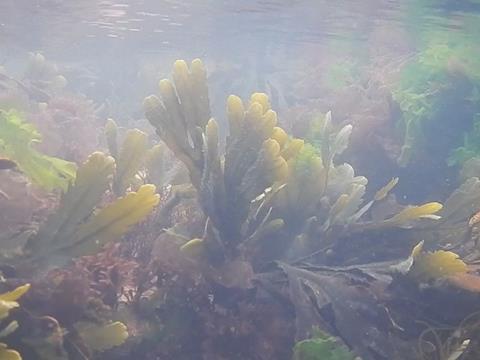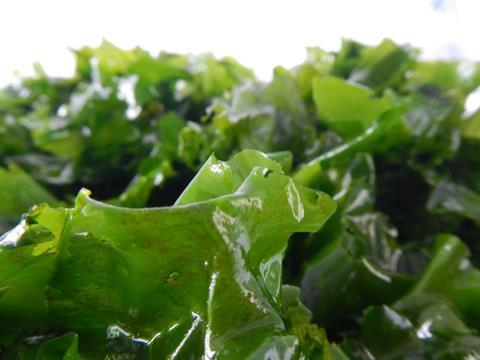
German researchers are cooperating with a fast food chain to create food packaging made from algae. The aim of this two year scientific project named Mak-Pak is to develop a sustainable packaging solution made from macro algae for the food trade.
The project is expected to be completed in February 2020. It is supported by Germany’s Federal Ministry for Food and Agriculture (BLE), and it is coordinated by the Bremerhaven University of Applied Sciences, in cooperation with the Alfred-Wegener-Institut. Fast food chain Nordsee will be in charge of packaging design and will test the packs in their outlets once technical development is completed.
A year into the project, Elisabeth Skoda catches up with Dr. Ramona Bosse from Bremerhaven University of Applied Sciences to find out about progress and the potential of the new packaging material.
-How has the project been progressing?
We are over a year into the project, and things are progressing very well. We are in the process of establishing aqua cultures in order to be able to produce algae outside of the sea. This is necessary in order to be able to scale up the algae volume, a process that takes time but is worth it.
-How are the algae for Mak-Pak sourced?
The Alfred Wegner institute has a department for aqua culture research, and is working on finding out how to grow algae with artificial sea water. This is important in order to use bio mass more efficiently, without making use of the North Sea eco system, which is quite small, already heavily used and has many conservation areas. So we are also looking at alternatives to create a land-based system.
-What will the finished product look like?
For our packaging, we are focusing on a few different algae, ranging from red and green to brown algae. They have different properties and result in very different materials from rigid to flexible. The material is not meant to be a replacement for plastics, but will be a bag or carton-like pack that can be used for to-go foods such as fish and chips or salad. If we manage to make this packaging edible, of course that would be the icing on the cake, as it would offer nutritional benefits as well. As we are aiming for the to go market, so the food doesn't have to survive for days in the fridge.
-How do you ensure that the packaging is suitable for food contact and also has a barrier function?

We ensure this by choosing the right types of algae. The algae need to be shredded and dried in order to achieve a material that is solid, offers a certain amount of flexibility, and also forms an oil and water barrier. Different algae have different properties including barrier properties that are also suitable for food contact. We only use algae that naturally grow in Europe. We don’t want to have to use a long supply chain from Asia or introduce foreign species. Domestic species offer good functionality and do not endanger the local eco system.










